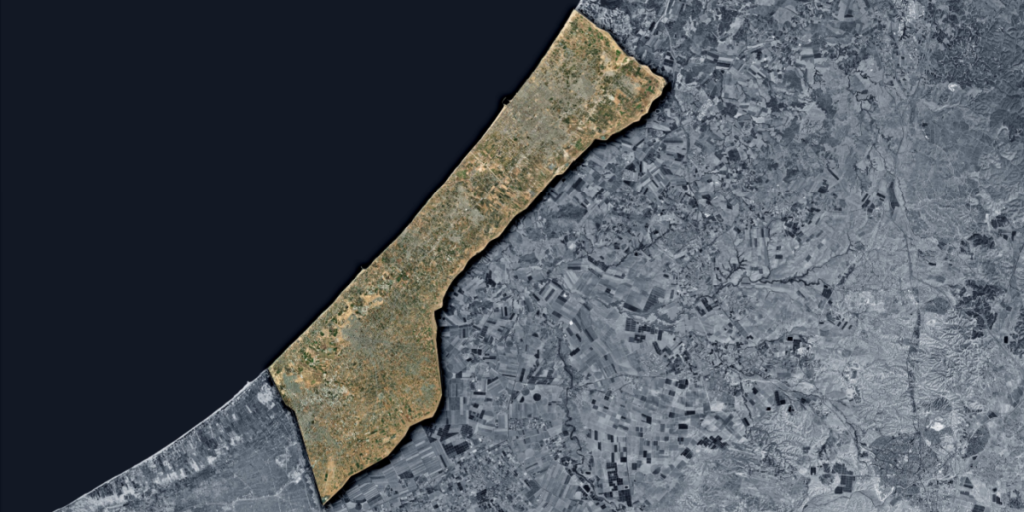The UN’s Food and Agriculture Organization (FAO) has revealed a devastating drop in cultivable land in Gaza, with only 1.5% now both accessible and undamaged.
Others are reading now
This marks a sharp fall from April’s 4%, underscoring the continued targeting of farmland since Israel’s full blockade began in March. With more than 2 million people trapped and facing hunger, the collapse of local agriculture has deepened Gaza’s humanitarian crisis.
Once a Thriving Agricultural Hub
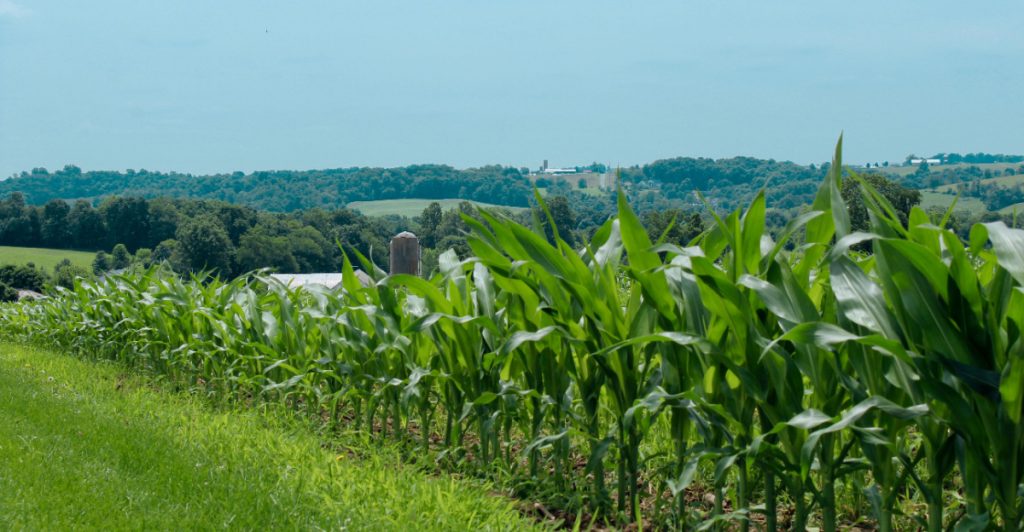
Before the war, Gaza’s fertile plains supported a wide range of crops, from fruits and vegetables to nuts and grains.
Agriculture made up roughly 10% of the territory’s economy, supporting over 560,000 people. Farmers and fishers provided vital food for local communities, sustaining livelihoods and cultural traditions tied to the land.
Systematic Targeting of Food Sources
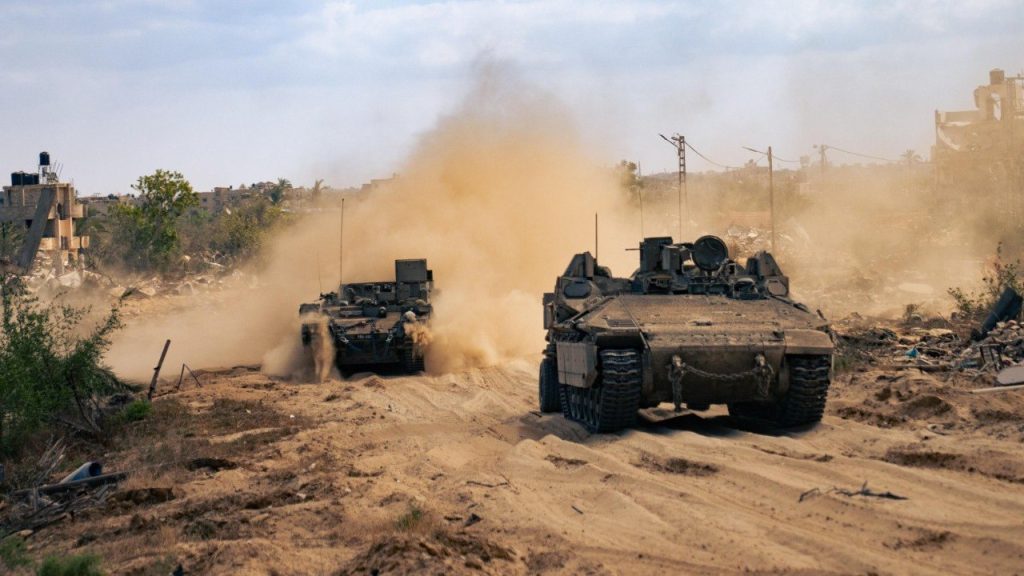
Since Israel’s siege began in October 2023, orchards, greenhouses, farmland, and fishing fleets have been destroyed.
By late July 2025, 86% of Gaza’s farmland, nearly 13,000 hectares, had been damaged, up from 81% in April. While 9% of cropland is physically reachable, much of it is too damaged to grow anything.
Also read
Dire Warnings from the FAO
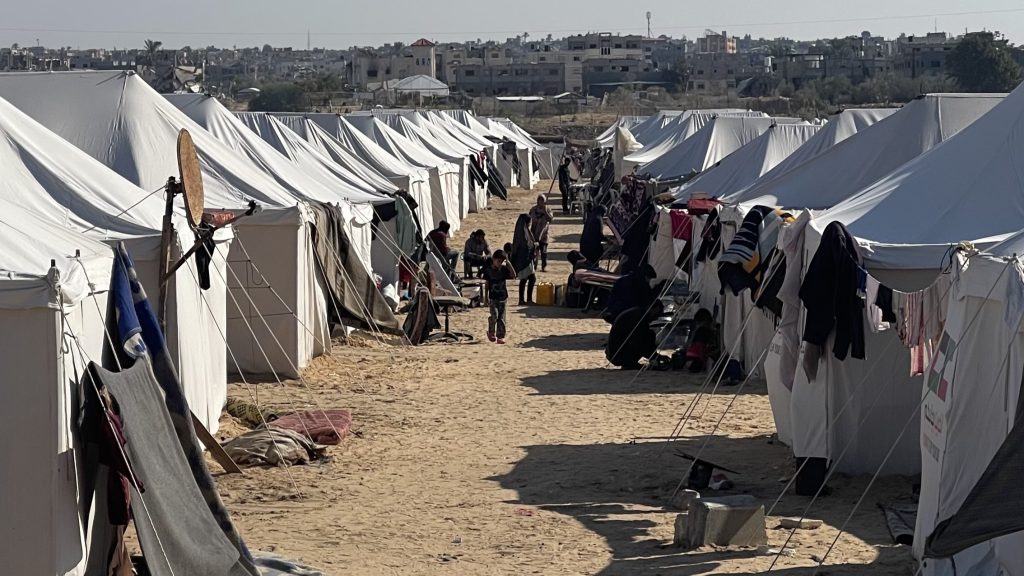
“Gaza is now on the brink of a full-scale famine,” FAO director-general Qu Dongyu warned. He stressed that hunger is not due to a lack of food globally, but to blocked access.
He called for safe, sustained humanitarian access and urgent restoration of farming to prevent more deaths.
Northern Gaza’s Fertile Lands Almost Gone
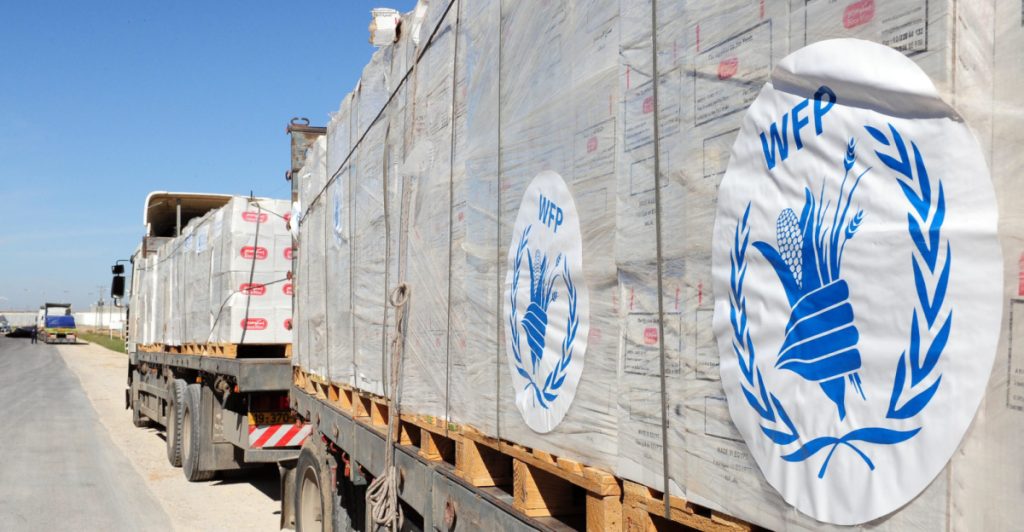
In the north, once home to some of Gaza’s richest farmland, 94% has been destroyed or damaged. The remaining 6% is completely inaccessible to Palestinians.
With agricultural lifelines cut, families have lost both income and food sources, forcing many to rely on dwindling aid supplies.
Rafah’s Farmland Flattened
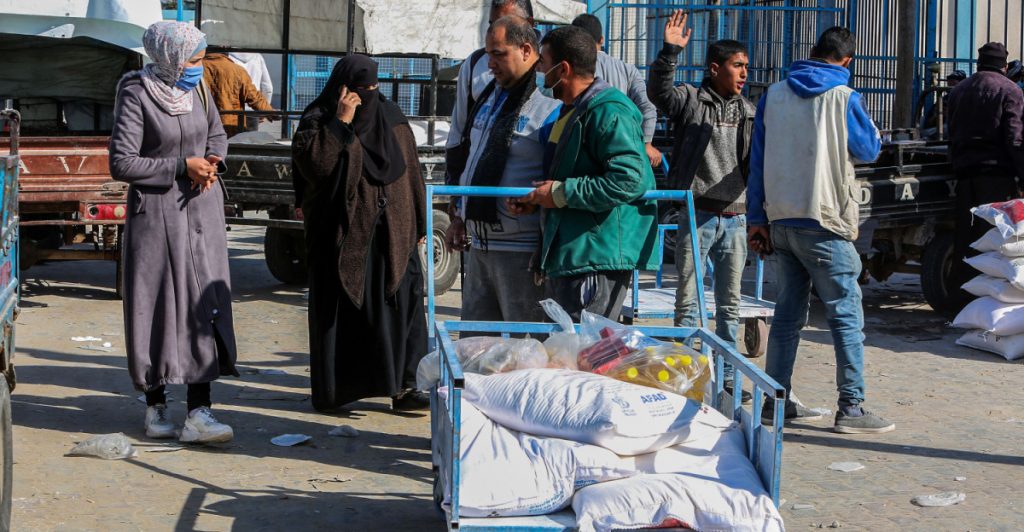
Near the Egyptian border in Rafah, 79% of cropland has been flattened. The rest is blocked by Israel’s “military corridor,” effectively sealing off one of the last potential farming areas.
Also read
This leaves residents almost entirely dependent on sporadic and limited food aid deliveries.
Destruction Extends to the West Bank
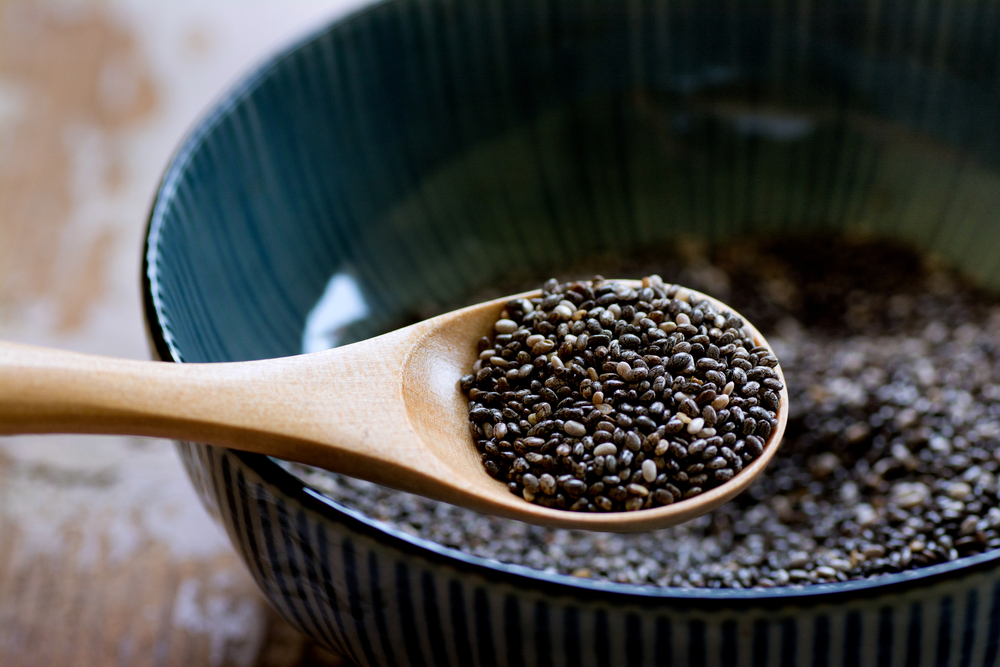
The agricultural assault has not been confined to Gaza. In Hebron, West Bank, Israeli forces partially demolished a seed bank last week, destroying tools and equipment used to reproduce heirloom seeds, a blow to long-term food sovereignty.
Starvation as a Weapon of War
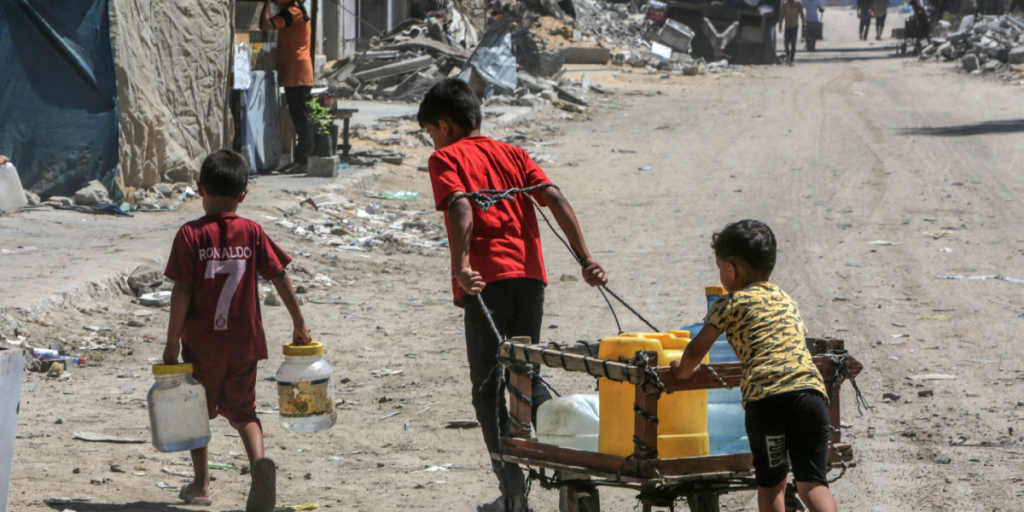
Since early 2024, UN agencies and human rights groups have accused Israel of deliberately engineering mass starvation by wrecking food systems and blocking aid.
Hundreds have already died of hunger, while many more have been killed attempting to reach food distribution points.
UN Expert: “No One Should Be Surprised”
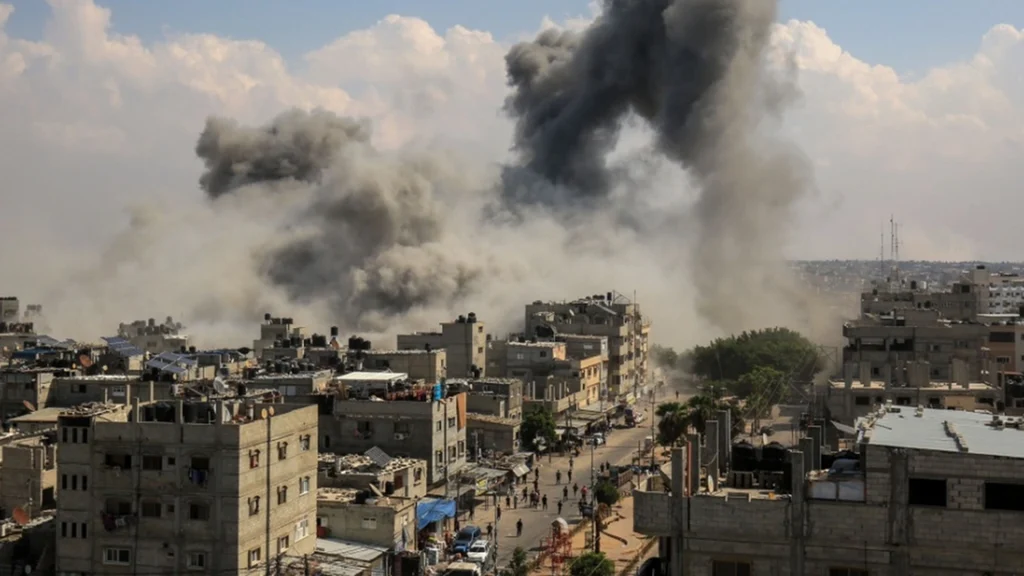
Michael Fakhri, the UN’s special rapporteur on the right to food, said Israel had created “the most efficient starvation machine you can imagine.”
Also read
He noted that while the scale of suffering is shocking, the warning signs have been visible for over a year.
A Crisis That Demands Immediate Action
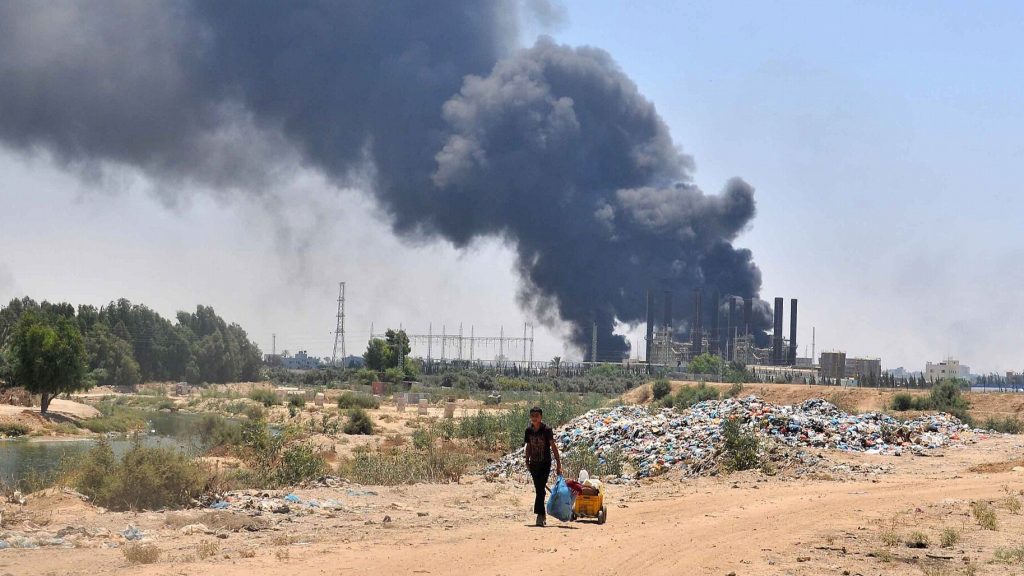
The destruction of Gaza’s farmland has turned a food-producing region into a landscape of hunger.
Without urgent intervention to restore agriculture and open aid routes, aid agencies warn that famine will claim thousands more lives in the months ahead

